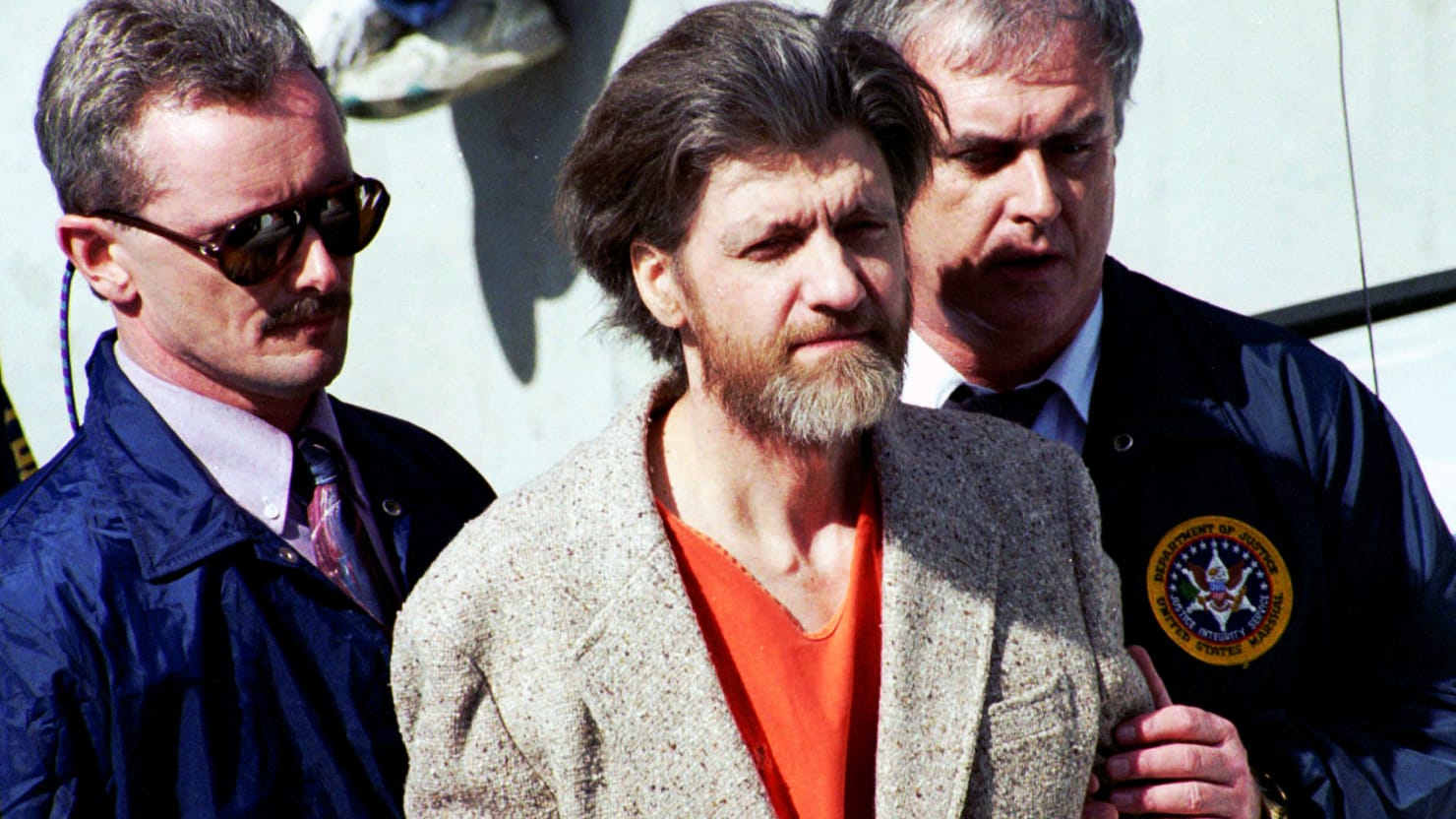
Twenty-four years ago this April, Ted Kaczynski was arrested in an isolated cabin outside Lincoln, Montana. Known as the Unabomber, Kaczynski had eluded the FBI for nearly two decades as he planted bombs in untraceable packages, killing and maiming people across the country. The FBI task force charged with finding the perpetrator of these horrifying crimes grew to 150 people, yet his identity remained a mystery.
Unbeknown to the FBI, Kaczynski was a mathematics wunderkind who made his bombs from discarded pieces of wood, wire, and metal, so the components could never be traced back to a lumber yard, hardware store, or plumbing shop. A brilliant loner, he spent year perfecting his bomb making techniques, scraping serial numbers off batteries, and never divulging his plans to another human being. He was like a ghost.
At one point, the FBI decided to reach out to the public for help in solving the case. That move showed near desperation by the FBI, but it also proved a potential turning point in the case:
Terry Turchie proposed a new and daring strategy, one that he knew would be frowned upon by the bureau. “We need our own messaging with the public,” he told his boss, Jim Freeman. “We have to do something that makes me almost squirm here; we have to have an alliance with the news media, so we can use them as our medium to get a message to the American public to help us solve UNABOM.
“That means we have to go out to them and give them facts, which they can start putting together in their own heads. Eventually somebody is going to listen and get the message, and we are going to get the right call that, in the end, is going to bring all this together.
“No fugitive is ever caught without the help of the public,” Turchie insisted. “Why have we missed that all these years with UNABOM?”
Freeman did not immediately respond. Turchie was once again asking to break protocol, this time in a very public way. “What are you proposing?”
“I propose you be the voice of the UNABOM task force, because every day you are going to see the latest and you are going to know what we want out there, so we can recommend what we want out there and what we don’t,” Turchie said. He wanted his boss to go before the news cameras and appeal to the public for help in the case. The FBI was looking for someone who was likely born and raised in the Chicago area and had been in that area from 1978 to 1980, the Salt Lake City area from 1981 to 1985, and the San Francisco Bay area from 1985 on.
“The reality was that the FBI could use a little help from the public. But would the agency’s leadership be willing to go for such an idea? ”
For an investigation of this magnitude, Turchie’s approach was both shocking and unprecedented for a federal law enforcement agency that prided itself in keeping tight control over leads and always playing investigations close to the vest. But it also held promise. The FBI database contained some 85 million names, a staggeringly high number. The entire U.S. population in 1995 was only 266.5 million. The reality was that the FBI could use a little help from the public. But would the agency’s leadership be willing to go for such an idea? The team now had a bare-bones timeline they wanted to put before the public. They also had a new police sketch of the Unabomber they wanted to put forth.
When Jim Freeman had assumed the role of overseer of the task force, he had suggested they hire Jeanne Boylan, the artist whose sketch of Richard Allen Davis had helped capture the kidnapper and killer of little Polly Klaas. Her portrayal of Davis had been so dead-on that Freeman was convinced a new rendering of the Unabomber by Boylan was in order. He arranged for her to re-interview Tammy Fluehe, who had seen the bombing suspect in the parking lot in Salt Lake City, in hopes that Boylan’s unique system of psychological interviewing might produce a more accurate rendering. The results were remarkable, and the newly commissioned drawing was widely distributed across the nation.
In early spring 1995, Jim Freeman stepped before the cameras and issued a public plea. “When you think of UNABOM, think of 1978, 1979, 1980, and think of the Chicago area,” he announced. “Think of the 1981 to 1985 timeframe and think of Salt Lake City and then after 1985, think of San Francisco. And think of the sketch: the hooded man with the aviator sunglasses.”
Turchie’s plea to go public had been heard by the highest levels in the FBI, and they’d decided, in effect, to throw a Hail Mary pass. Would some American recognize this travel pattern? Would Freeman, Turchie, and the task force get a break? Only time would tell.
Excerpted from Hunting the Unabomber by Lis Wiehl. Copyright © 2020 by Lis Wiehl. Used by permission of Thomas Nelson.
"help" - Google News
May 04, 2020 at 03:59PM
https://ift.tt/2KUoPeE
When the Unabomber Made the FBI Beg For Help - The Daily Beast
"help" - Google News
https://ift.tt/2SmRddm
Bagikan Berita Ini














0 Response to "When the Unabomber Made the FBI Beg For Help - The Daily Beast"
Post a Comment